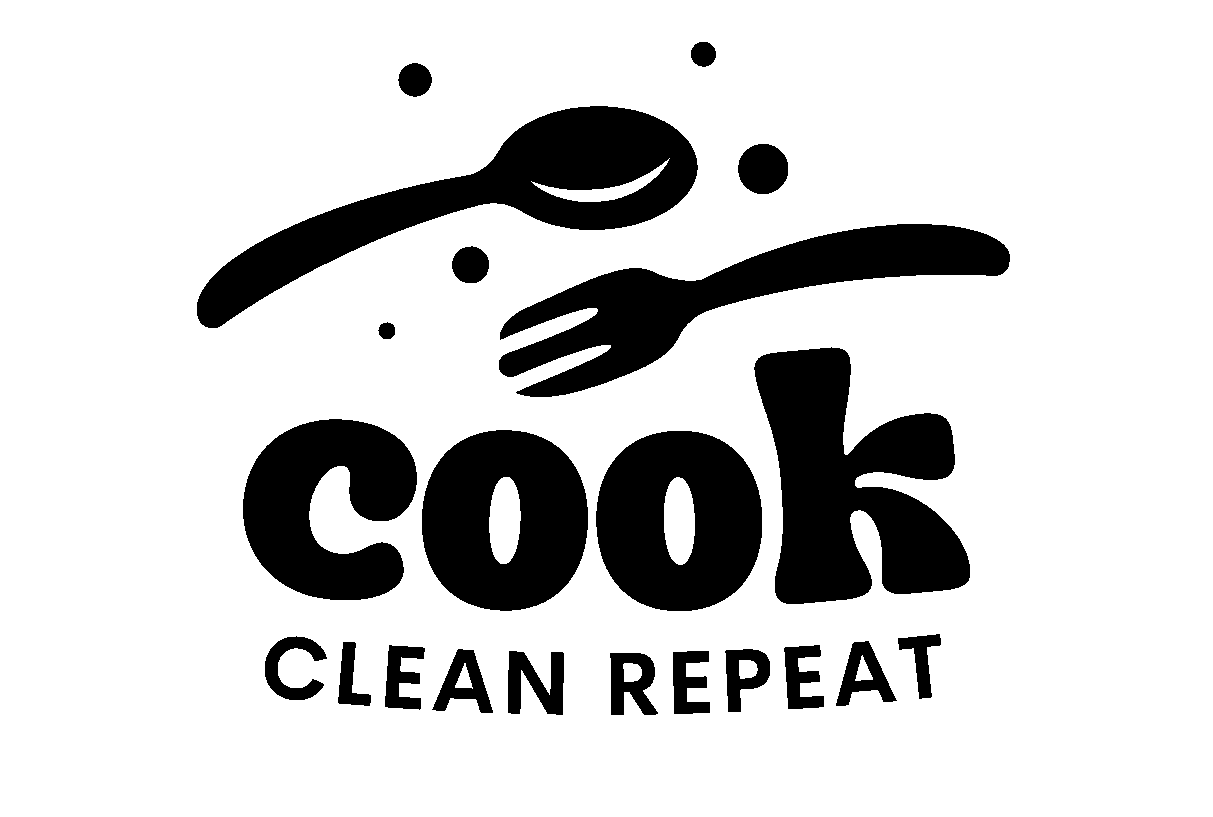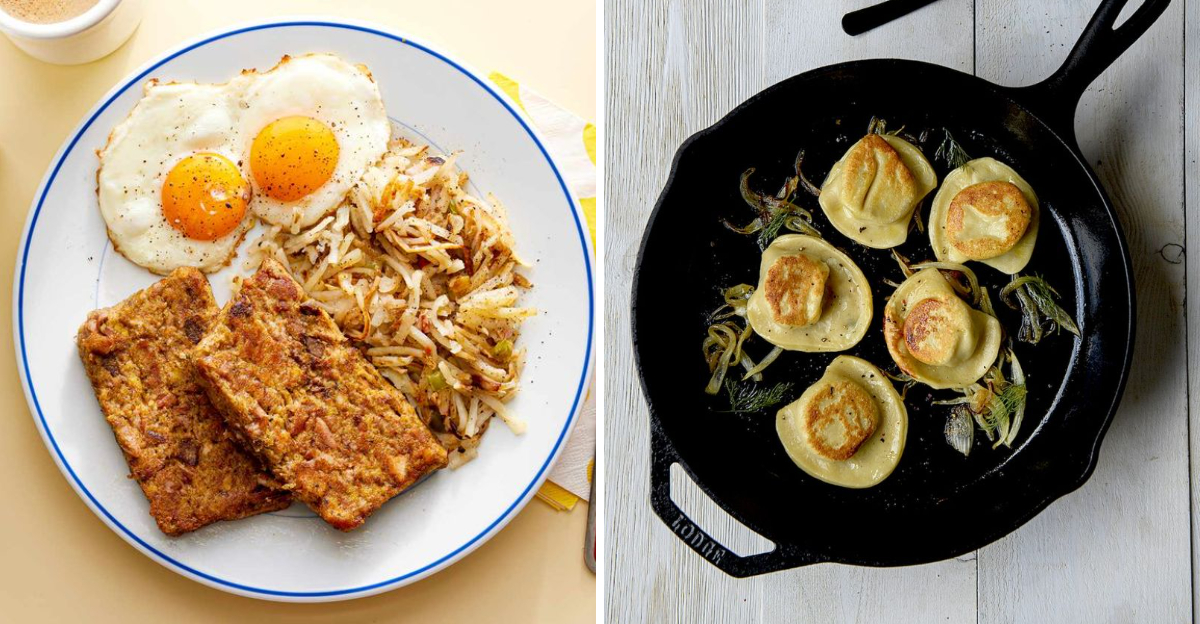17 Foods You’ll Regret Eating Uncooked
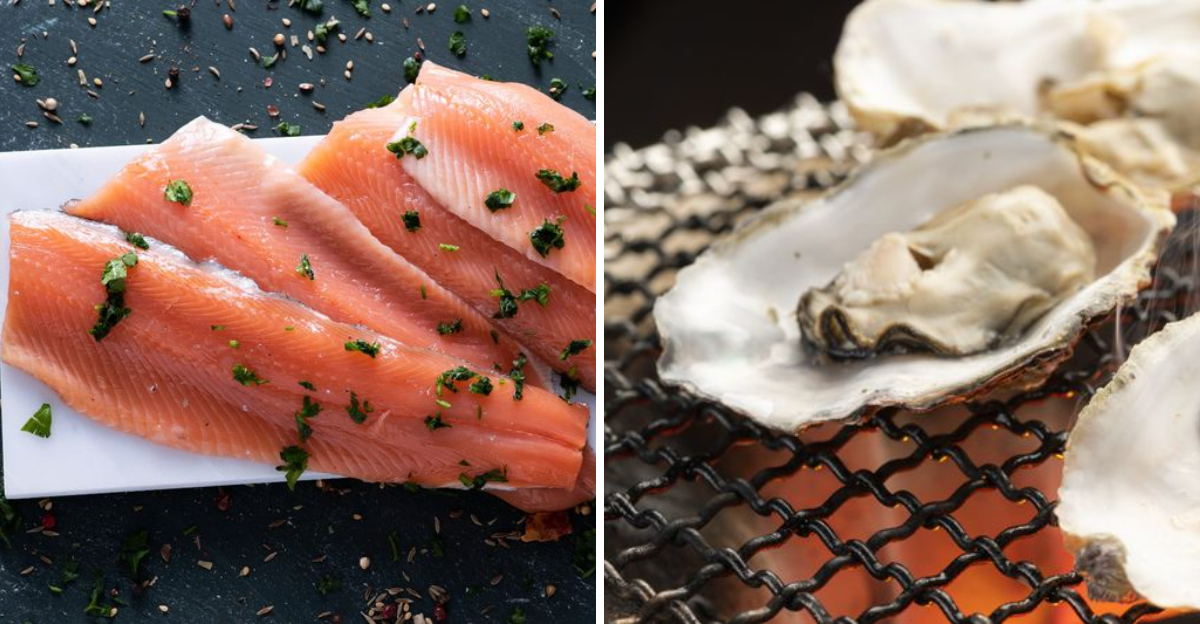
Some foods seem harmless raw, but the hidden dangers can turn a quick bite into a long night. From bacteria to natural toxins, a little heat can make the difference between delicious and disastrous. You deserve confidence in every meal, not a gamble with your gut. Here are the uncooked choices most likely to leave you wishing you had cooked them first.
1. Chicken
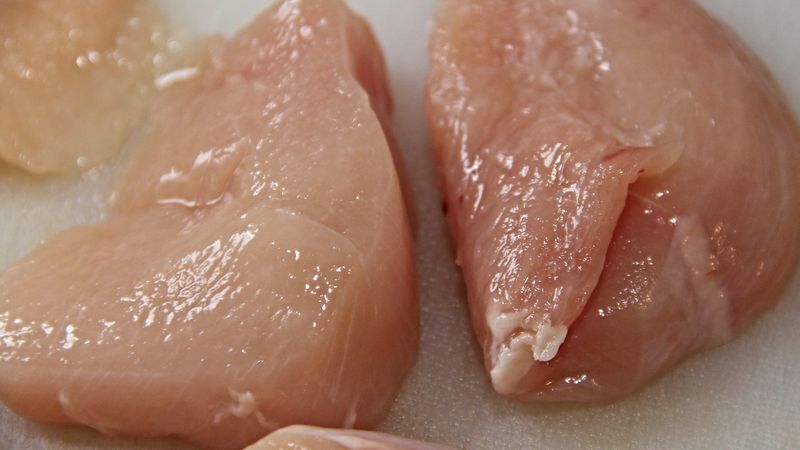
Raw chicken is a notorious carrier of Salmonella and Campylobacter, both known for causing nasty gastrointestinal illness. Even a small splash of raw juices can contaminate surfaces and utensils you would not suspect. Cooking to 165°F makes chicken safe and satisfying.
You might think rinsing helps, but it just spreads bacteria around your sink and counters. Use separate boards and knives to avoid cross-contact with salads or fruit. When in doubt, verify doneness with a thermometer, not color.
If you marinate chicken, discard the marinade or boil it before reuse. Keep raw portions chilled until cooking time. Your stomach will thank you for the extra care.
2. Pork
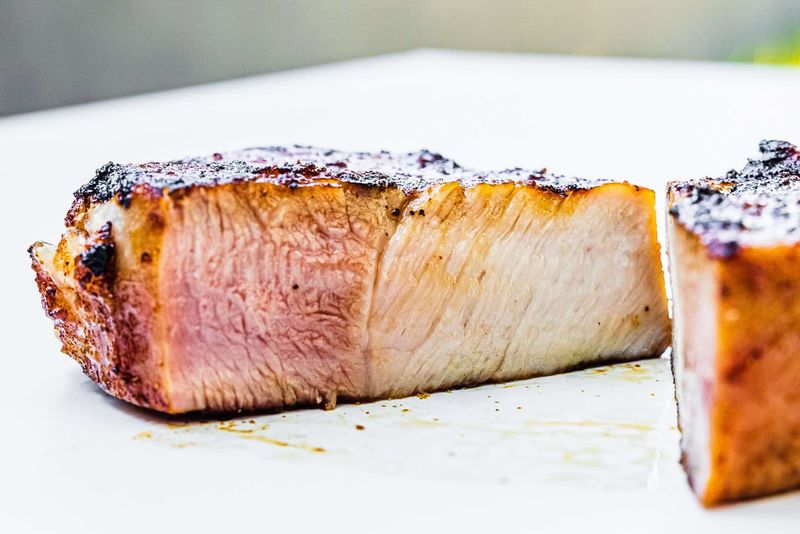
Raw or undercooked pork can harbor Trichinella parasites and harmful bacteria. While modern farming reduced trichinosis risk, it did not remove it entirely. Cooking pork to 145°F with a rest time helps protect you without drying it out.
Pale color does not guarantee safety, and pinkness can be deceiving. Use a thermometer to hit the right temperature and keep juices clear. Avoid cross-contamination with ready-to-eat foods by cleaning tools thoroughly.
Ground pork needs extra caution because grinding spreads microbes throughout. Aim for 160°F for ground versions to be safe. You get tenderness and peace of mind in one go.
3. Ground Beef
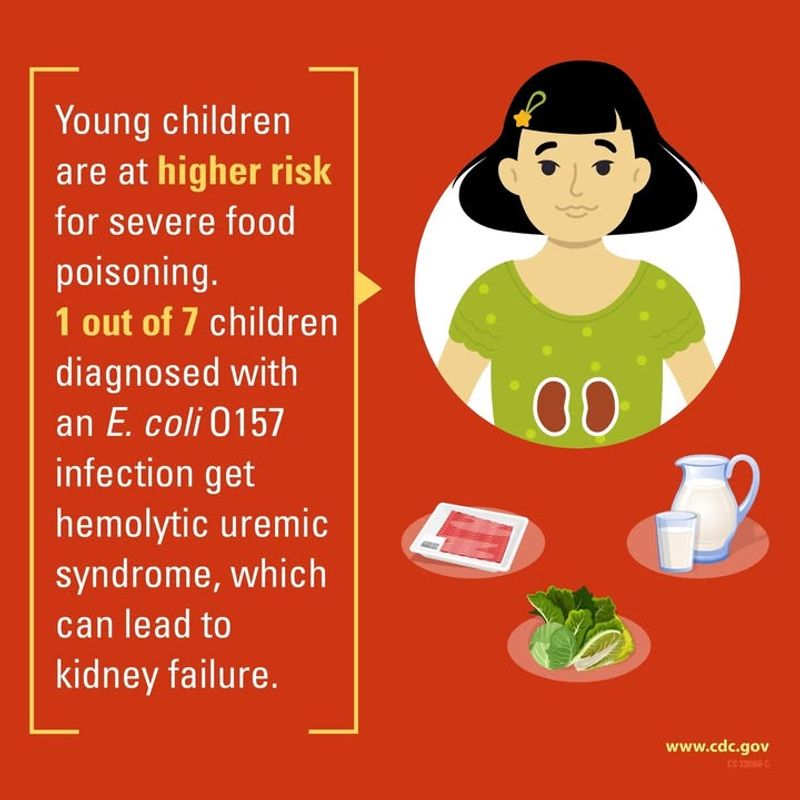
Ground beef has a higher risk because bacteria on the surface get mixed into the center when ground. Eating it raw or rare can expose you to E. coli and other pathogens. Cooking to 160°F kills these threats effectively.
Steaks are different because the surface is the main contamination zone. With ground beef, every bite can hide trouble. You can still enjoy juicy burgers by monitoring temperature and resting briefly.
Handle raw patties with clean hands and separate utensils from toppings. Keep meat chilled until it hits the hot grill. That simple routine keeps flavor high and risk low.
4. Eggs

Raw eggs can contain Salmonella inside the shell, not just on the surface. That risk makes cookie dough and runny concoctions tempting but risky. Pasteurized eggs let you enjoy recipes safely when you want that silky texture.
If you are making mayo or mousse, choose pasteurized eggs to keep things carefree. When cooking standard eggs, aim for firm whites and yolks. For omelets and scrambles, heat until no liquid remains.
Store eggs in the fridge and avoid using cracked ones. Wash hands after handling shells to prevent cross-contact. A little caution preserves both taste and health.
5. Turkey
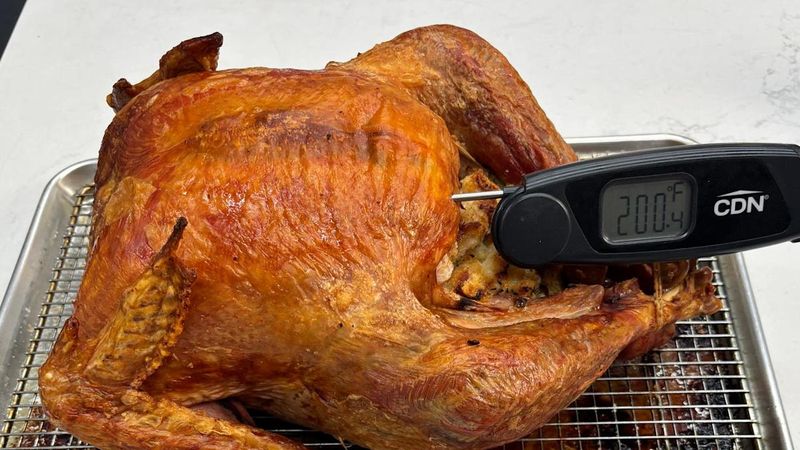
Turkey faces similar risks to chicken, especially with Salmonella contamination. Large birds make even cooking tricky, leaving cold spots where bacteria survive. Use a thermometer and target 165°F in the thickest parts for safety.
Stuffing inside the bird can stay undercooked, so consider cooking it separately. This approach helps both flavor and safety. Rest the cooked turkey so juices redistribute without leaking raw fluids.
For leftovers, cool quickly and reheat to steaming hot. Clean cutting boards that touched raw turkey before prepping sides. These habits keep holiday meals happy, not hazardous.
6. Seafood: Oysters

Raw oysters may harbor Vibrio bacteria, especially in warmer months. Even healthy people can get very sick, and those with liver issues face higher danger. Cooking until they are plump and opaque reduces that risk dramatically.
Cold and freshness do not equal safety without heat. Hot sauce does not kill bacteria, despite the myth. Choose cooked preparations like grilled or fried when uncertainty creeps in.
Buy from reputable sources with proper cold chain handling. If you love briny flavor, consider lightly cooked options that keep the sea-kissed taste. Your body will appreciate the smarter choice.
7. Seafood: Shrimp
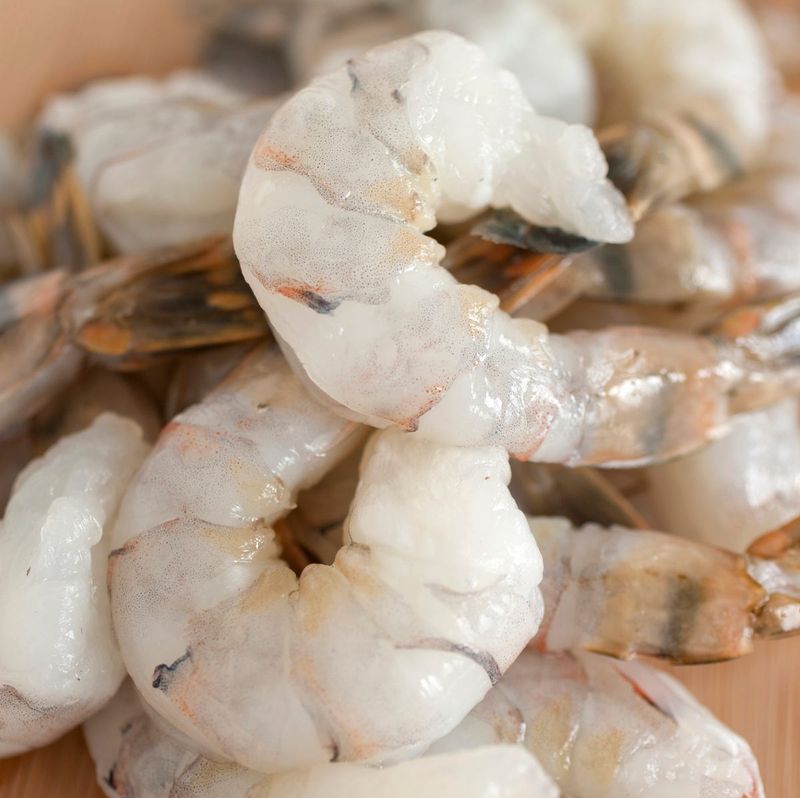
Raw shrimp can carry Vibrio and parasites, especially if harvested from warm waters. Once cooked, the flesh turns pink and firm, a reliable safety sign. Quick sauteing or steaming gets you flavor fast without the hazards.
Thaw shrimp in the fridge, not on the counter. Rinse briefly and pat dry to reduce splatter. Keep raw shrimp separate from sauces and garnishes.
Undercooked shrimp can look translucent and mushy. Aim for even color and a gentle curl. You will enjoy sweetness without a side of regret.
8. Seafood: Freshwater Fish
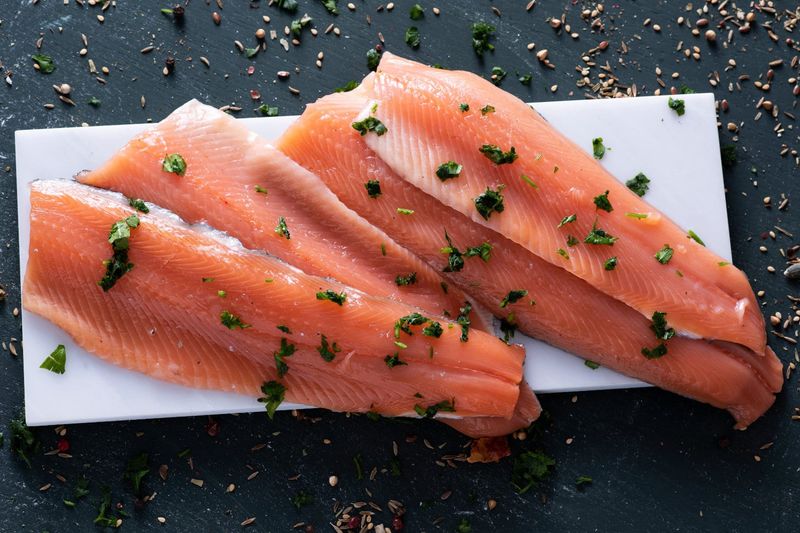
Freshwater fish can host parasites like tapeworms that are killed by cooking or proper freezing. Unlike sushi-grade ocean fish, many river species have higher parasite burdens. Cooking until flaky and opaque keeps you comfortable later.
If you plan ceviche or crudo, use fish that has been properly frozen per guidelines. Acid cures texture, not parasites. When unsure, pick a cooked recipe that still highlights freshness.
Handle fillets with clean tools and chill quickly after buying. Watch for advisories on local catches. With heat and hygiene, your meal stays delicious and safe.
9. Flour

Raw flour is untreated and can contain E. coli from field contamination. It looks harmless, but cookie dough and cake batter can carry real risk. Baking is what eliminates the pathogens and makes treats safe.
Do not taste batter or lick the spoon until it is cooked. If you crave dough, use heat-treated flour products. Keep flour off ready-to-eat items and wipe counters after measuring.
Store flour sealed to reduce pests and moisture. Wash hands after handling flour dust. A sweet tooth should not come with stomach cramps.
10. Kidney Beans

Raw or undercooked kidney beans contain phytohaemagglutinin, a toxin that can cause severe nausea and vomiting. Soaking and boiling vigorously for at least 10 minutes neutralizes it. Slow cookers on low may not reach safe temperatures initially.
Discard soaking water and cook with fresh water to reduce compounds. Even a small handful eaten undercooked can trigger symptoms. Follow proven recipes and do not shortcut the boil.
Canned beans are precooked and safe to use directly. If using dried beans, plan ahead for soaking time. Your chili will be hearty and harmless.
11. Cassava

Cassava contains natural cyanogenic glycosides that release cyanide if not processed correctly. Bitter varieties require soaking, grating, and thorough cooking to be safe. Even sweet cassava needs proper heat to remove risk.
Peel thickly and discard soaking water before cooking. Do not eat raw slices as a snack. Boiling, baking, or frying after preparation gets the job done.
Store properly to avoid spoilage toxins forming. If you are new to cassava, follow trusted regional methods. Safety turns this root into a delicious staple.
12. Rhubarb Leaves
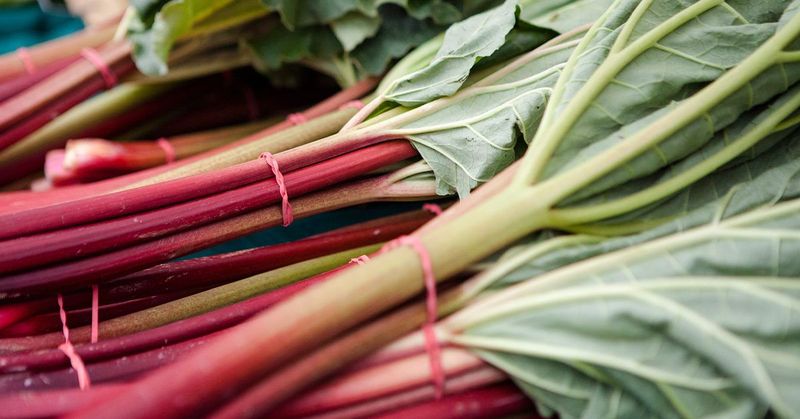
Rhubarb stalks are edible, but the leaves contain high levels of oxalic acid and other compounds. Eating them raw or cooked can irritate and harm. Always trim and discard leaves immediately after harvesting.
Do not let leaves touch salads or sauces you plan to eat. Wash the stalks well, then cook into pies or compotes. The tart flavor shines once the risky parts are gone.
Label garden bundles clearly so no one mixes parts by accident. Keep pets away from leaves too. Stalks can be a treat when handled right.
13. Sprouts
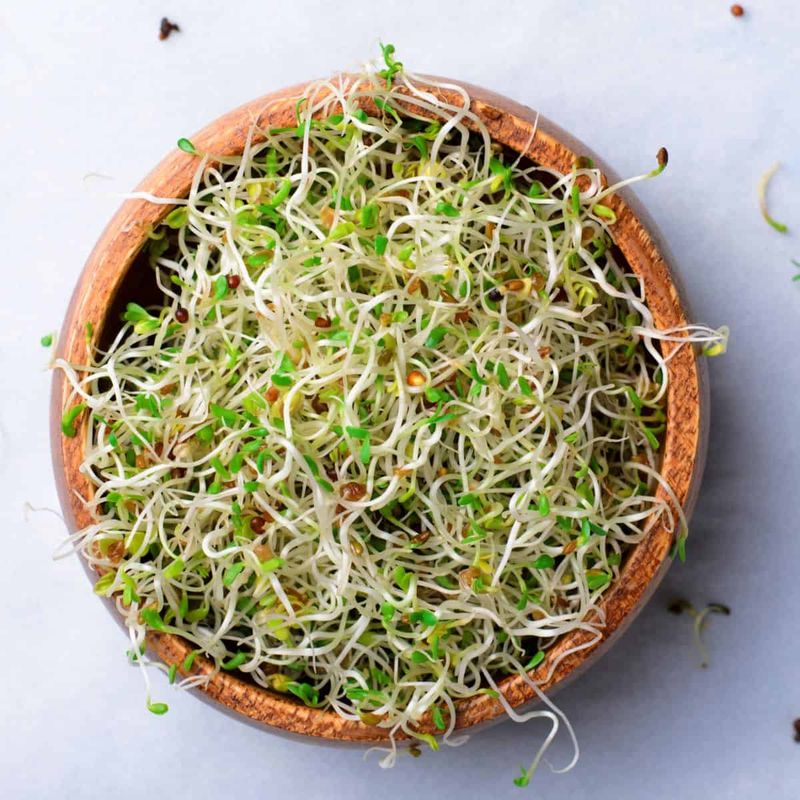
Raw sprouts grow in warm, moist conditions that bacteria love, including Salmonella and E. coli. Even careful washing cannot reach inside the tiny crevices. Cooking quickly in a stir fry makes them safer to enjoy.
People with weakened immunity should avoid raw sprouts entirely. Add them near the end of cooking for crunch without the risk. Store chilled and use within a couple of days.
Buy from reputable sources and check for recalls. If you crave raw crunch, try shredded veggies instead. Heat is the friend sprouts secretly need.
14. Potatoes (Green or Sprouted)

Green or sprouted potatoes may contain solanine, a bitter glycoalkaloid that can cause nausea and headaches. Peeling and removing eyes helps, but heavy greening suggests tossing them. Cooking does not fully remove solanine risk.
Store potatoes in a cool dark place to slow sprouting. Do not refrigerate, which can affect flavor and sugar content. Buy smaller bags if you use them slowly.
If a potato tastes bitter, stop eating. When in doubt, choose a fresh one. Your mash or fries will taste better and treat you better.
15. Wild Mushrooms

Many wild mushrooms look similar, and misidentification can be dangerous or deadly. Some toxins survive light cooking, so raw snacking is a terrible gamble. Only eat varieties you can positively identify and cook thoroughly.
When buying from markets, choose reputable sellers with labeled species. If foraging, go with experts and consult multiple guides. Avoid raw samples while identifying.
Certain edible mushrooms also cause stomach upset when raw. A quick saute can make them both safe and tasty. Patience pays off in the woods and the kitchen.
16. Milk (Unpasteurized)

Raw milk can carry pathogens like Listeria, E. coli, and Campylobacter from the farm environment. Pasteurization uses controlled heat to kill them while preserving taste. Drinking it raw gambles with microbes you cannot see.
High quality farms still face contamination risks from animals and equipment. Vulnerable groups should avoid raw milk entirely. Choose pasteurized dairy for everyday safety.
Keep milk cold and use clean containers to maintain quality. If you love farm fresh flavor, seek local pasteurized options. Your gut will appreciate the peace of mind.
17. Cookie Dough with Raw Eggs
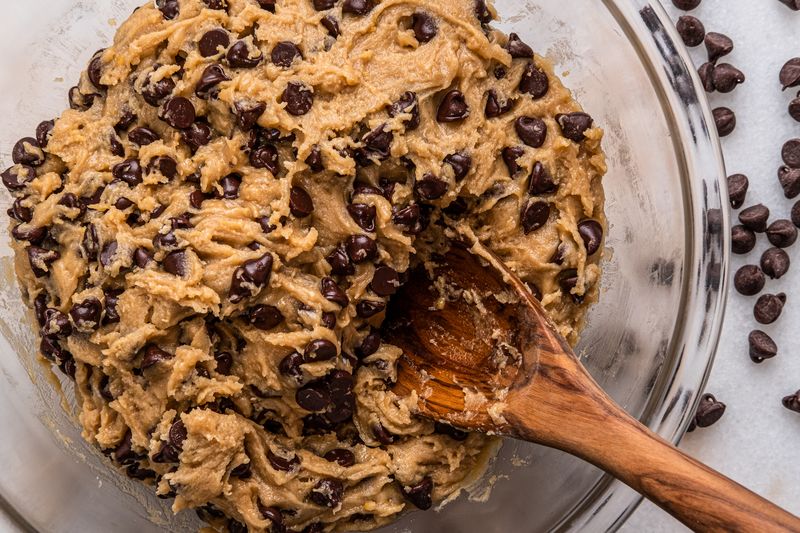
It smells amazing, but raw cookie dough can contain Salmonella from the eggs and E. coli from the flour. Two risks in one bowl make that taste test unwise. Bake the cookies, then enjoy safely.
Craving dough texture without worry? Choose pasteurized eggs and heat treated flour in edible dough recipes. Keep separate utensils so raw batter does not touch baked cookies.
Wash hands after cracking eggs and scooping dough. Chill dough promptly to control bacterial growth. Your patience is rewarded with perfect cookies and a calm stomach.
